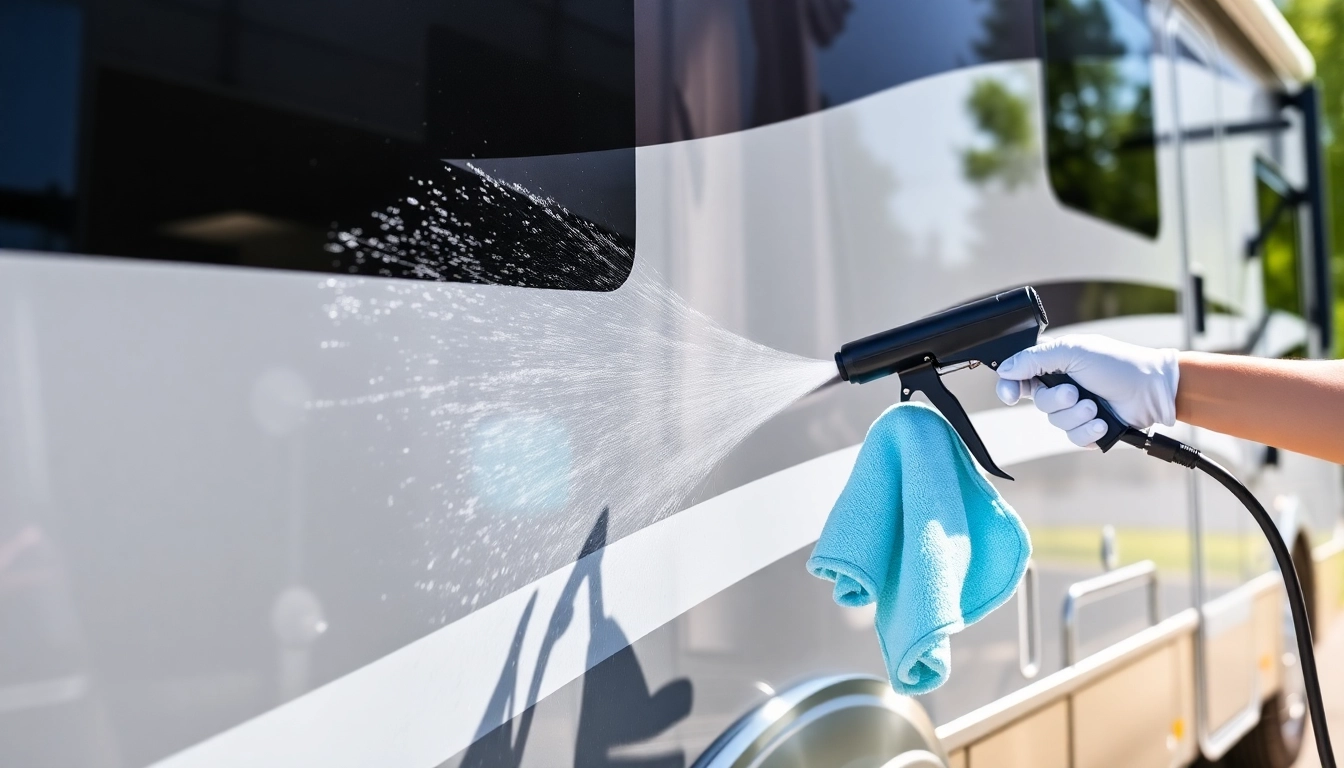
Replacement windows provide a practical and meaningful upgrade to comfort, efficiency, and curb appeal. This guide blends core concepts—from types and materials to installation approaches and cost considerations—into a clear, actionable plan for homeowners and property managers alike. By understanding how choices in design and performance interact with your climate and budget, you can maximize value and long-term satisfaction.
For deeper guidance on the basics and best practices, explore more about Replacement Windows and how to approach a project with confidence.
What Are Replacement Windows?
Definition and scope of Replacement Windows
Replacement windows are installed to upgrade existing openings without reconstructing the surrounding structure. They typically fit inside the existing frame, replacing sashes, glass, and hardware while preserving or updating the rough opening. In some cases, a full-frame or structural replacement is warranted to address degraded framing, rot, or to significantly improve insulation and alignment. Understanding the difference helps you choose the right approach for energy performance and durability.
Benefits and ROI of Replacement Windows
Key benefits include improved energy efficiency, reduced drafts, enhanced daylight, and lower maintenance. A well-chosen replacement can also boost resale value and exterior curb appeal. While ROI varies by climate and home design, many projects deliver measurable energy savings and a notable uptick in comfort; homeowners often recoup a substantial portion of the investment over time through lower utility bills and enhanced property value.
Popular design trends for Replacement Windows
Modern trends favor larger flexible glazing areas, durable vinyl or fiberglass frames, dark exterior profiles, and low-maintenance finishes. Grids and trim options offer traditional charm or a contemporary edge, while multiple-pane configurations and energy-efficient coatings support comfort in varied climates. Trends also emphasize ease of operation, secure locking mechanisms, and compatibility with smart-home controls.
Choosing Replacement Windows: Types & Features
Window type options (double-hung, casement, slider)
Common types include double-hung, casement, and sliding windows, each with distinct advantages. Double-hung units offer easy cleaning and versatile ventilation; casement windows hinge open for maximum airflow and airtight seals; sliders provide space-saving operation in smaller openings. Other options such as picture, bay, or bow windows expand views and add architectural interest. Matching the type to room function and orientation supports both comfort and aesthetics.
Frame materials and their impact on Replacement Windows
Frame material affects energy performance, maintenance, and cost. Vinyl frames are affordable and low-maintenance, with good insulation. Wood frames offer natural beauty but require periodic care. Fiberglass blends combine strength with stability and often perform well in extreme conditions. Aluminum frames are durable but may require additional insulation on colder days. The right choice balances climate, budget, and long-term maintenance expectations.
Energy efficiency features for Replacement Windows
Energy performance hinges on multiple features: U-factor ratings, solar heat gain coefficient (SHGC), Low-E coatings, gas fills between panes, and careful weatherstripping. Multi-pane designs, properly sealed frames, and insulated sashes reduce heat transfer and drafts. When evaluating options, compare performance metrics rather than price alone to maximize year-round comfort and utility savings.
Replacement Windows Installation: Process & Best Practices
Pre-installation planning and measurements
Accurate measurements and site planning are critical. A pre-installation checklist includes confirming rough openings, checking for water intrusion, assessing flashing details, and coordinating with other trades. Clear measurement documentation reduces surprises during install and helps ensure a proper fit that minimizes air leaks and water intrusion risk.
Professional vs DIY installation considerations
Professional installation generally yields better outcomes for load-bearing stability, insulation performance, and warranty protection. DIY projects may save upfront costs but risk improper sealing, alignment errors, and voided warranties. For complex openings or large-scale replacements, hiring a licensed contractor with proven processes protects investment and long-term performance.
Timeline and coordination for Replacement Windows projects
Typical timelines include material lead times followed by installation windows. Scheduling should account for weather, delivery delays, and coordination with other renovations. A well-planned sequence—measure, order, confirm, install, and inspect—helps keep projects on track and minimizes disruption to daily life.
Cost, Quotes, and ROI for Replacement Windows
Pricing factors and typical ranges
Costs depend on window style, frame material, glazing, number of openings, and installation complexity. Budget options may start at a few hundred dollars per window for basic vinyl units, while premium wood-clad or fiberglass frames with advanced coatings typically exceed a thousand dollars per unit plus installation. Full-project pricing should reflect both product and labor for a fair comparison.
How to obtain accurate quotes for Replacement Windows
To secure reliable estimates, obtain on-site measurements, detailed product specs, and written warranties. Request itemized quotes that separate product costs from installation, and compare inclusions such as demolition, disposal, flashing, and trim. Ask about lead times, scheduling, and any required permits to avoid surprise charges later.
Energy savings and long-term ROI of Replacement Windows
Energy savings vary by climate and usage but can be meaningful, often contributing to a noticeable drop in utility bills over time. When combined with improved comfort and reduced maintenance, replacement windows can deliver a favorable return on investment, with payback periods commonly ranging several years depending on energy prices and household behavior.
Choosing the Right Partner for Replacement Windows
What to look for in a contractor
Seek licensed, insured professionals with a solid local reputation, transparent pricing, and documented references. Look for installers who provide comprehensive warranties (both product and workmanship), clear scheduling, and a structured project management approach. A well-organized contractor demonstrates attention to detail and communicates proactively from start to finish.
Local market considerations and comparisons
Local climate, building codes, and availability of materials influence recommendations and pricing. A partner with regional experience can tailor choices to resist humidity, freeze-thaw cycles, and sun exposure while aligning with local warranty terms and service networks. Comparing several local options typically reveals differences in service quality, response times, and ongoing support.
Maintenance and warranty considerations for Replacement Windows
Maintenance plans extend the life of windows and guards against performance loss. Understand the warranty scope—product guarantees, installation workmanship, and conditions for eligibility. Regular cleaning, gasket inspection, and lubrication of hardware help sustain performance, while timely replacements prevent cascading damage to surrounding structures.







